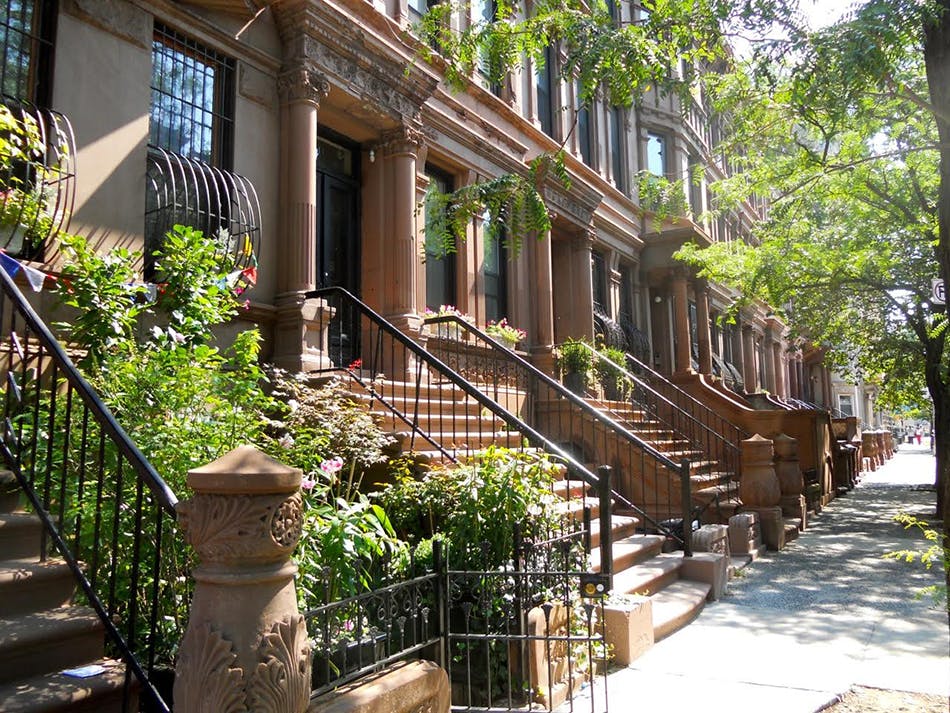Floating Zones & Special Purpose Districts: Tailoring Zoning to Local Needs
Development Site Advisors®
While NYC’s base zoning districts provide a broad regulatory framework, the city often applies more nuanced zoning tools to address neighborhood-specific goals. Two of the most powerful among these are Floating Zones and Special Purpose Districts (SPDs). Both mechanisms allow for targeted zoning overlays or modifications without altering the underlying zoning district entirely.
For developers and investors, these tools represent both opportunity and complexity: they can create unique value propositions—but also come with hyperlocal compliance requirements.
What Are Floating Zones?
Floating zones are zoning designations that are written into the Zoning Resolution but only take effect when mapped to a specific area through a discretionary action. They're “floating” in the sense that they aren't applied citywide, but instead wait to be activated by a rezoning or special permit.
Floating zones are often used to:
- Encourage transit-oriented development
- Activate underutilized commercial corridors
- Promote affordable housing or mixed-use development
One notable example includes areas proposed under City of Yes for Housing Opportunity, which could enable floating mid-density overlays in traditionally low-density areas, provided the site meets transit access or lot size thresholds.
What Are Special Purpose Districts?
Special Purpose Districts (SPDs) are customized zoning overlays that respond to unique neighborhood needs, planning goals, or land use contexts. They supplement the base zoning and can add, modify, or waive standard zoning requirements.
There are over 50 SPDs across NYC, including:
- Special Hudson Yards District (West Midtown)
- Special Downtown Brooklyn District
- Special West Chelsea District
- Special Inwood District
- Special Coastal Risk District (resiliency zones)
SPDs can regulate:
- Bulk and height
- Use mix (e.g., live/work, creative manufacturing)
- Streetscape design and plaza requirements
- Mandatory inclusionary housing boundaries
Why These Tools Matter to Developers
SPDs and floating zones can create:
- New development rights where none previously existed
- As-of-right flexibility in historically restrictive contexts
- Added compliance hurdles that require local approvals, design standards, or community coordination
For example, the Special Midtown District allows FAR bonuses through public plaza construction, while the Special Harlem District may place contextual height and facade requirements on new buildings.
How Development Site Advisors® Can Help
Our zoning and planning team helps you:
- Determine if your site falls within or adjacent to a Special Purpose District
- Assess eligibility for floating zone rezonings or overlays
- Navigate special design and use conditions
- Model development scenarios based on SPD-specific rules
From Midtown to Gowanus to Southern Boulevard, our in-house research and municipal engagement ensure you’re building within the lines—and ahead of the curve.
Curious if your site qualifies for enhanced zoning under a special district?
Reach out for a custom zoning overlay memo or full Sitestimate™ feasibility report.

